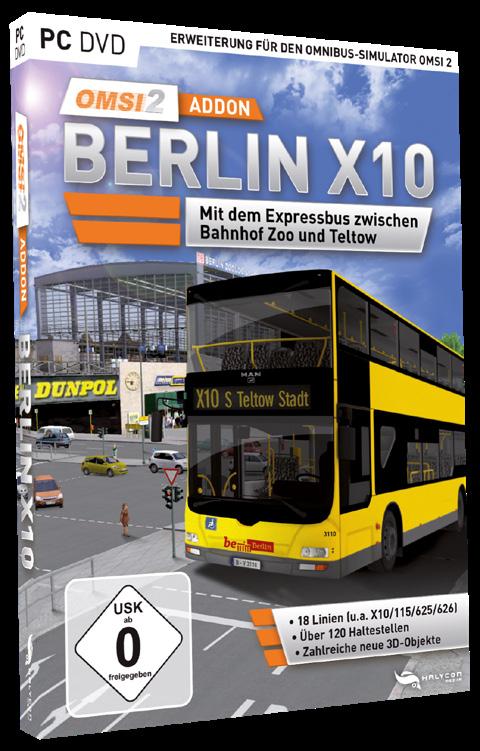

the default connector for our CAN loggers), optionally with a CAN bus extension cable

CANopen: For CANopen logging, you can often directly use the CiA 303-1 DB9 connector (i.e.Maritime: Most ships/boats use the NMEA 2000 protocol and enable connection via an M12 adapter to log marine data.Heavy duty vehicles: To log J1939 data from trucks, excavators, tractors etc you can typically connect to the J1939 CAN bus via a standard J1939 connector cable (deutsch 9-pin).In most cars, this will let you log raw CAN data, as well as perform requests to log OBD2 or UDS (Unified Diagnostic Services) data Cars: In most cars, you simply use an OBD2 adapter to connect.Typically this involves using an adapter cable: This first step is to connect your CAN logger to your CAN bus. The CAN bus standard is used in practically all vehicles and many machines due to below key benefits: The coming years will see both automotive ethernet, CAN FD and CAN XL being used in new automotive and industrial development CAN bus, but lacks some of the safety/performance features of Classical CAN and CAN FD. Automotive ethernet offers much higher data transfer rates vs.
 Automotive ethernet: This is increasingly being rolled out in the automotive sector to support the high bandwidth requirements of ADAS (Advanced Driver Assistance Systems), infotainment systems, cameras etc. for details see our LIN bus intro or LIN bus data logger article non-critical vehicle functions like aircondition, door functionality etc. LIN bus clusters typically consist of a LIN master acting as gateway and up to 16 slave nodes. LIN bus: LIN bus is a lower cost supplement to CAN bus networks, with less harness and cheaper nodes. In this system, each CAN node has it's own CAN termination Low speed CAN bus: This standard enables bit rates from 40 kbit/s to 125 kbit/s and allows the CAN bus commmunication to continue even if there is a fault on one of the two wires - hence it is also referred to as 'fault tolerant CAN'. Of CAN is referred to as CAN FD (CAN with Flexible Data-rate) It also serves as the basis for several higher layer protocols suchĪs OBD2, J1939, NMEA 2000, CANopen etc. It provides simple cabling and is used in practically all automotive applications today. It is by far the most popular CAN standard for the physical layer, supporting bit rates from 40 kbit/s to 1 Mbit/s (Classical CAN). High speed CAN bus: The focus of this article is on high speed CAN bus (ISO 11898). In the context of automotive vehicle networks, you'll often encounter a number of different types of network types.
Automotive ethernet: This is increasingly being rolled out in the automotive sector to support the high bandwidth requirements of ADAS (Advanced Driver Assistance Systems), infotainment systems, cameras etc. for details see our LIN bus intro or LIN bus data logger article non-critical vehicle functions like aircondition, door functionality etc. LIN bus clusters typically consist of a LIN master acting as gateway and up to 16 slave nodes. LIN bus: LIN bus is a lower cost supplement to CAN bus networks, with less harness and cheaper nodes. In this system, each CAN node has it's own CAN termination Low speed CAN bus: This standard enables bit rates from 40 kbit/s to 125 kbit/s and allows the CAN bus commmunication to continue even if there is a fault on one of the two wires - hence it is also referred to as 'fault tolerant CAN'. Of CAN is referred to as CAN FD (CAN with Flexible Data-rate) It also serves as the basis for several higher layer protocols suchĪs OBD2, J1939, NMEA 2000, CANopen etc. It provides simple cabling and is used in practically all automotive applications today. It is by far the most popular CAN standard for the physical layer, supporting bit rates from 40 kbit/s to 1 Mbit/s (Classical CAN). High speed CAN bus: The focus of this article is on high speed CAN bus (ISO 11898). In the context of automotive vehicle networks, you'll often encounter a number of different types of network types.







 0 kommentar(er)
0 kommentar(er)
